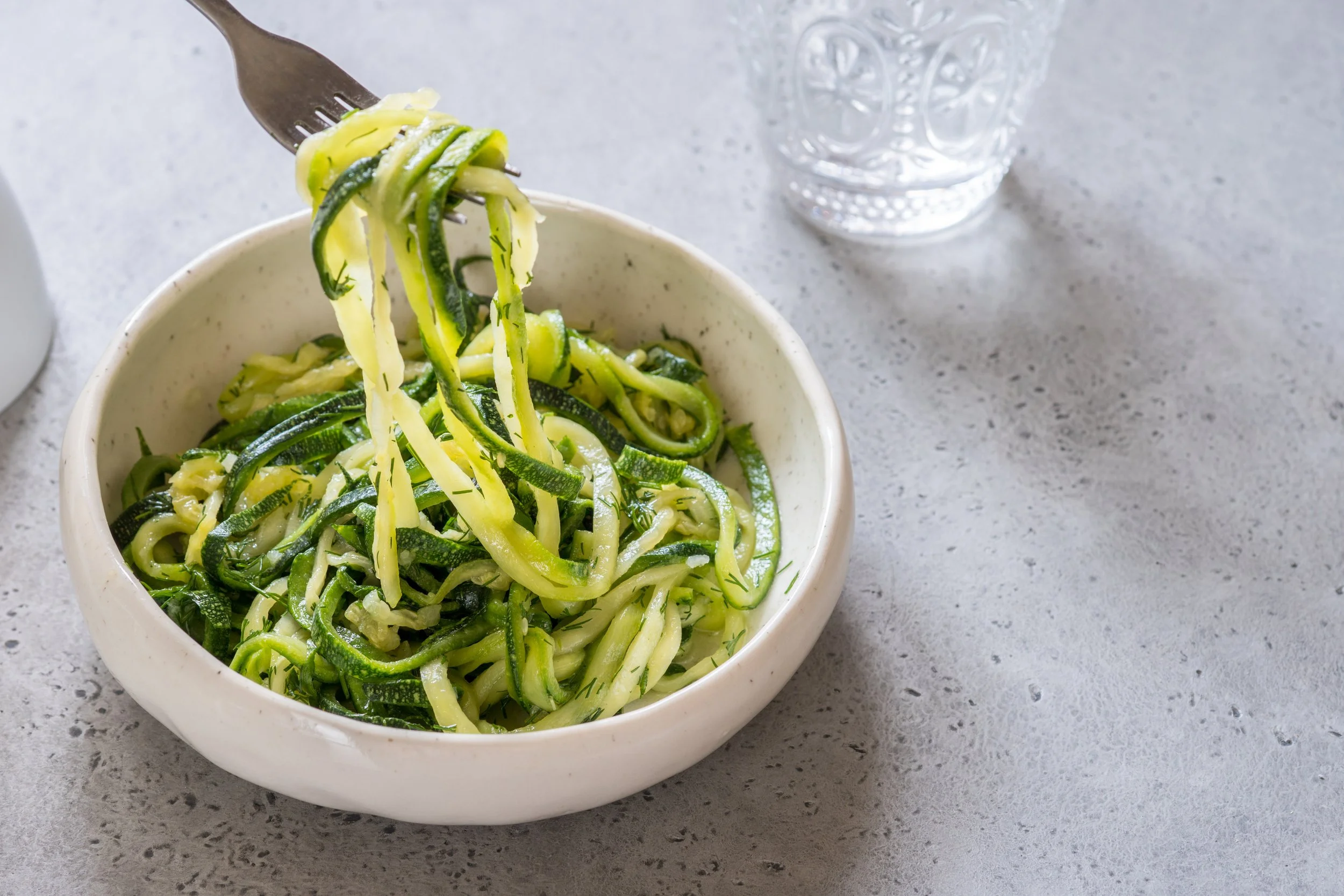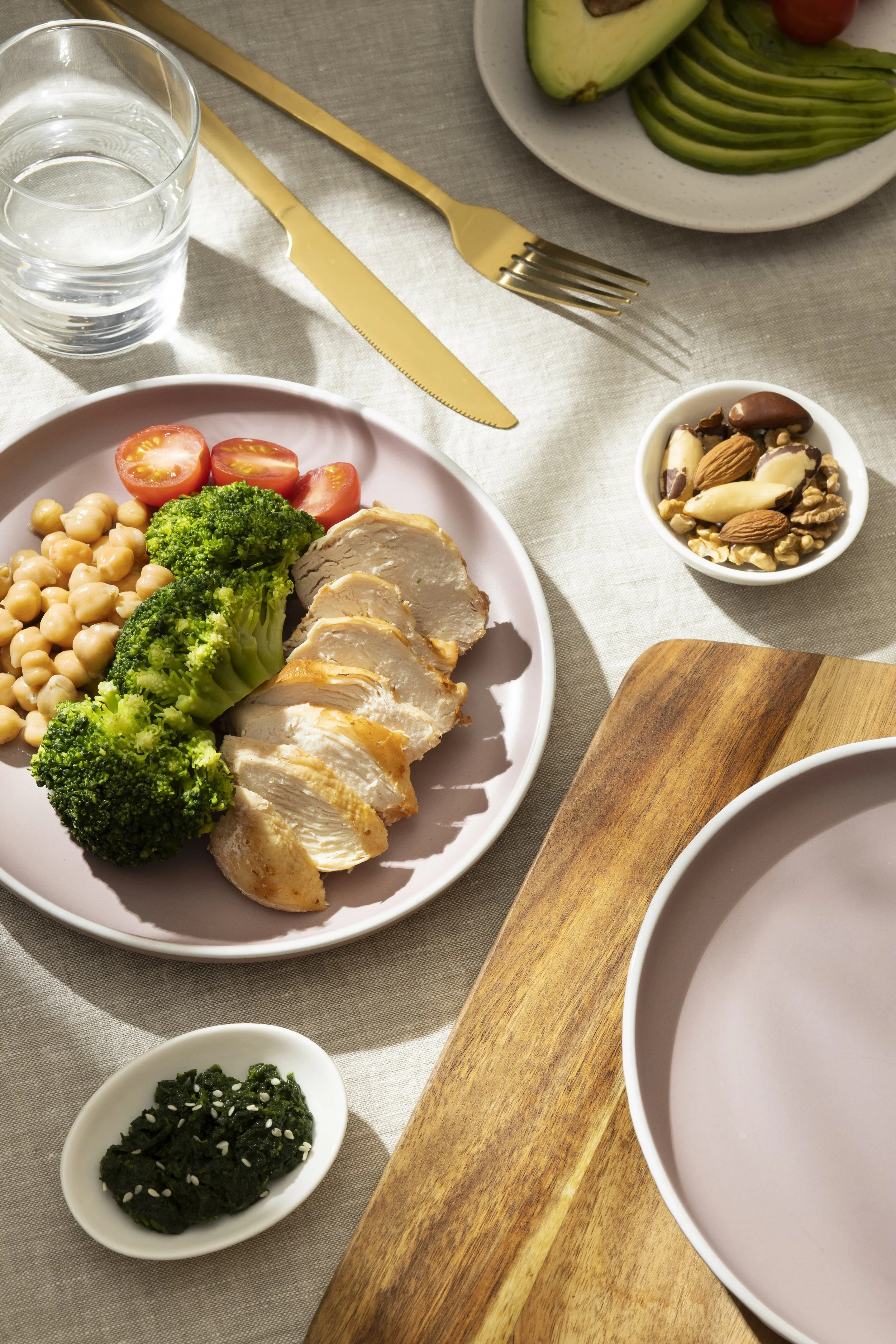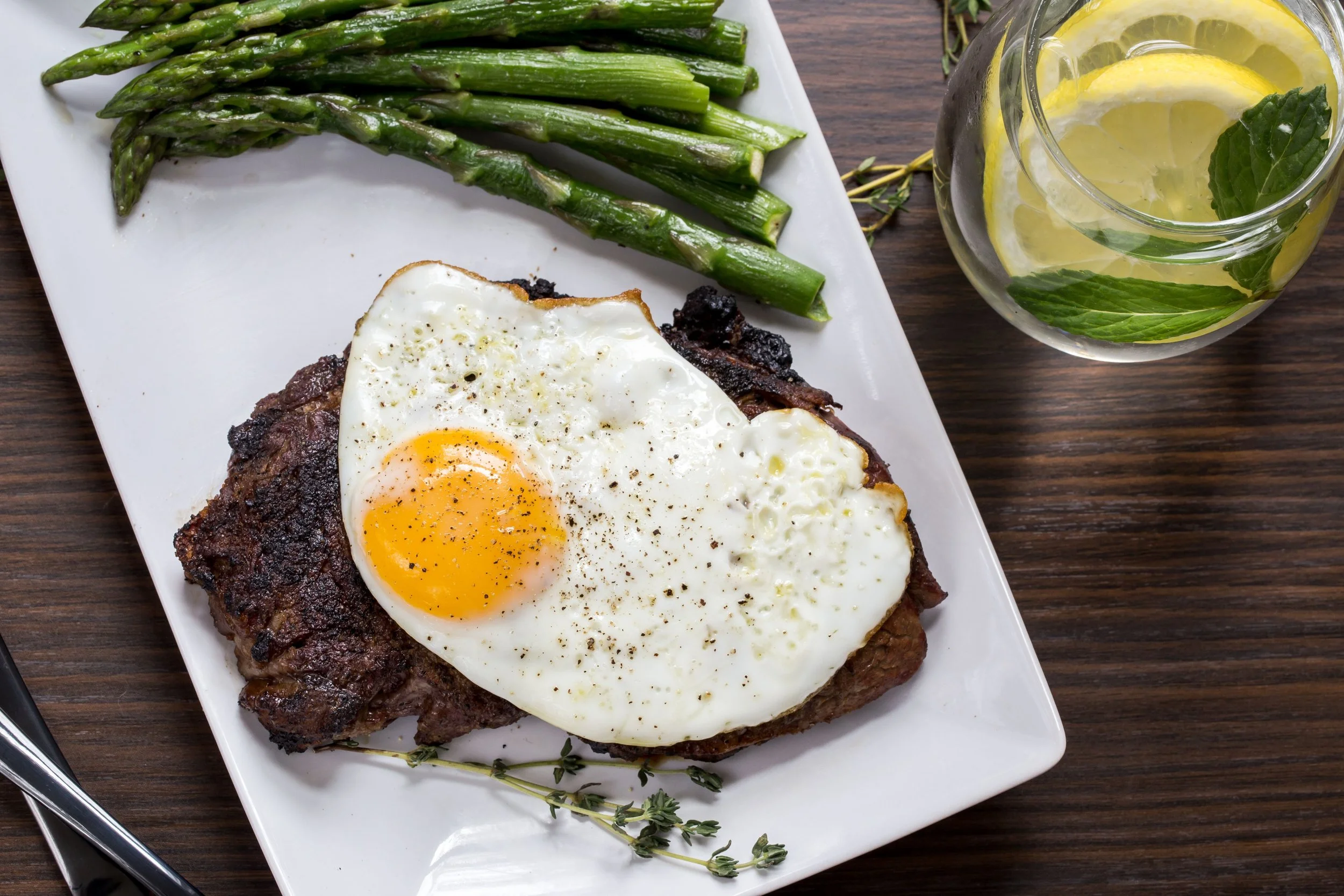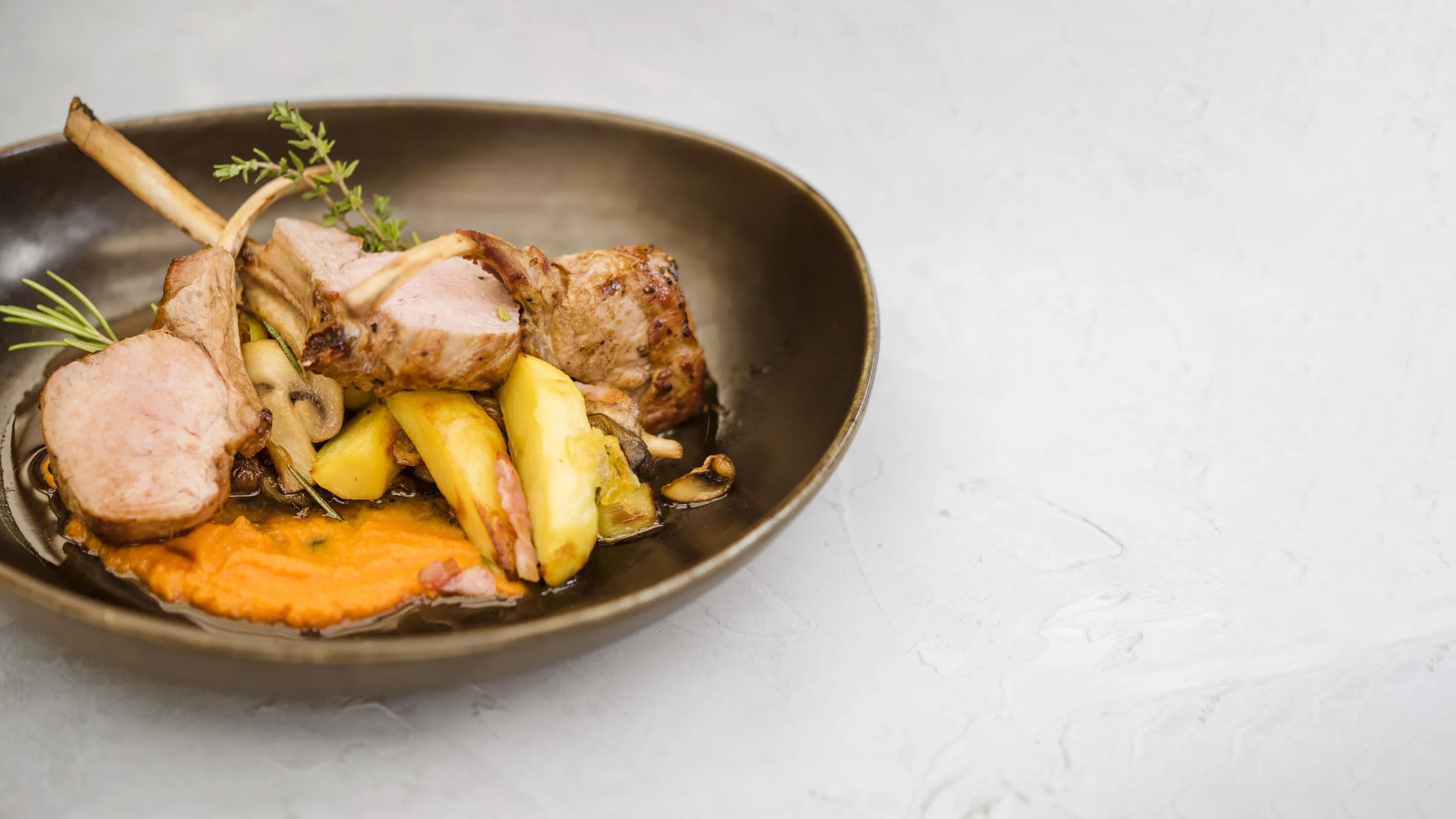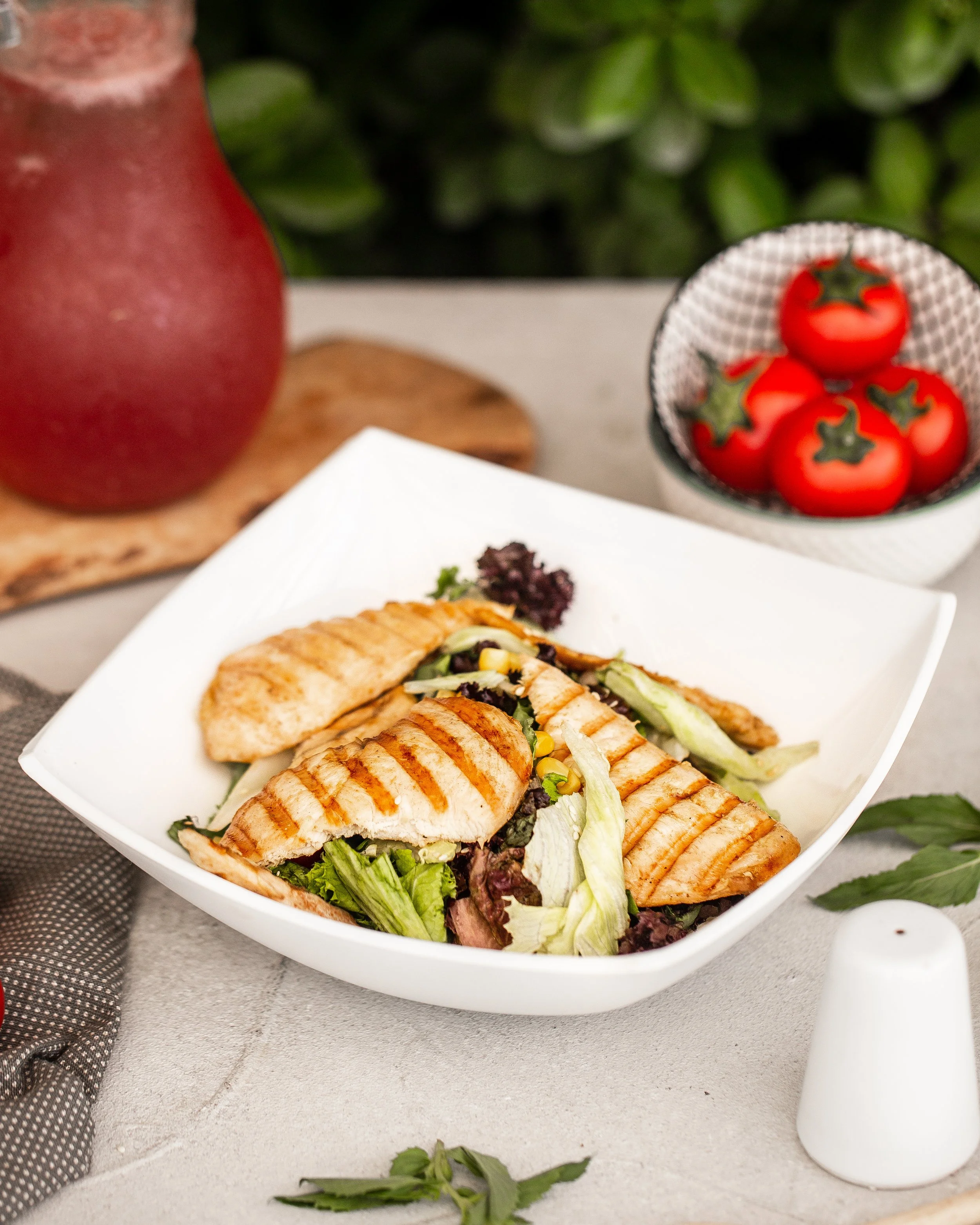Dietary Wisdom
Eat well, feel well.
Eat poorly, feel poorly.
Every choice to eat well is of benefit,
every choice to eat poorly is of less benefit.
Celebrate eating well.
Drink Well
CleaningHydrate, Cleanse
StrengtheningReplenish, Stimulate
Eat Well
CleaningHigh Water Content Foods
StrengtheningHigh Density Nutrition Foods
The Blood Nourishing Diet
The main diet I recommend is this anti-inflammatory, blood nourishing diet. Inflammation is an essential function of the immune system - but chronic inflammation is at the root of many chronic diseases. Green vegetables are the main staple of the diet, encouraging high quality blood that resolves this chronic inflammation. Well oxygenated blood with a vibrant nutrient profile moves well and feeds, repairs (Strengthens) and Cleans the body well.
Follow this diet strictly for 28 days, with the option to reintroduce one of the inflammatory foods at a time for no less than 5 days before reintroducing another. This way you can discern how much each of them is impacting on your health or not. After this process you can follow this diet 85+% depending on your tolerance of each food.
“Breakfast like a king, lunch like a prince, supper like a pauper.”
Whilst great for general health, this diet is particularly useful for reducing or resolving headaches and migraines, irritable skin conditions (urticaria/hives may not improve with diet in the short term), autoimmune disorders, cardiovascular problems, chronic fatigue and for cancer support. The diet works on the principle of Cleaning and Strengthening .
High water content foods naturally detox, cool and Clean the body (fruits, vegetables, herbs, water and drinks).
Dense foods nourish, rebuild and Strengthen the body (meat, fish, eggs, dairy, nuts and seeds, pulses, sources of healthy proteins and fats, spices).
Neutral foods provide stable energy levels (root vegetables, grains).
Adequate nutrition is as important as adequate oxygen.
It is useful for your last meal to be 4 hours before you go to sleep, so you have finished digesting before you sleep. The traditional recommendation is to leave 12 hours of each day to fast, nowadays 16 hours is also popular.
The Low Histamine Diet
Relentless sneezing, fatigue, itchy eyes, and nasal congestion? How about reducing all that a lot?
There are high histamine foods and histamine producing foods which can aggravate hay fever.
High histamine foods refer to those that naturally contain high levels of histamine.
Histamine producing foods are those that stimulate the body to release higher amounts of histamine.
They can exacerbate allergic reactions such as with hay fever. By adopting a low histamine diet, you may experience a sizeable reduction in symptoms. This evidence-based research that I have confirmed from my own clinical experimentation with hundreds of patients suffering hay fever symptoms.
This diet is a very useful part of a holistic approach to managing hay fever symptoms in most people.
Foods Contributing to Hay Fever Symptoms
High Histamine FoodsFermented dairy products (cheese, yogurt, kefir)
Fermented vegetables (sauerkraut, pickles)
Fermented soy products (tempeh, miso)
Alcohol, caffeinated and fermented drinks (wine, beer, spirits, kombucha, kefir, energy drinks, coffee, tea)
Smoked and cured meats (sausages, salami, bacon)
Shellfish (prawn, crab, lobster)
Canned and smoked fish (tuna, sardines)
Spinach
Tomatoes
Citrus fruits (oranges, lemons, limes, grapefruits)
Strawberries
Pineapple
Papaya
All dried fruit
Avocado
Aubergine
Histamine Producing FoodsAlcohol (especially red wine and beer)
Fermented foods (mentioned above)
Aged cheeses (cheddar, blue cheese, Parmesan)
Processed and cured meats
Citrus fruits
Tomatoes
Soy sauce and Tamari sauce
Fish sauce
Vinegar
Nuts (walnuts, cashews, peanuts)
While reducing the intake of high-histamine and histamine-producing foods can be helpful, it’s important to note that dietary triggers for hay fever can vary from person to person. Some people are be more sensitive to certain foods while others may not be affected at all. It can be useful to keep a food diary to track your individual reactions to different foods.
Natural Anti-histamine Rich Foods for Allergy Relief
Most fresh fruits and vegetables: Especially those rich in vitamin C (kiwi, bell peppers) and quercetin (onions, apples, berries).
Omega-3 fatty acids: Found in fatty fish (salmon, mackerel) and flaxseeds, these can have anti-inflammatory effects.
Freshly cooked meat, fish and eggs.
Oils: Coconut, olive, rapeseed.
Herbal teas: Chamomile, nettle, fresh mint, fresh thyme.
Turmeric: Known for its anti-inflammatory properties, turmeric can be added to meals or consumed as a supplement.
Raw (local) honey: Consuming honey made from local flowers may help desensitize your body to local pollen.
Grains: Quinoa, buckwheat, rice, millet.
Low Histamine Recipe Ideas
Breakfast
Quinoa Breakfast Bowl: Cook quinoa and top it with sliced banana, blueberries, and a drizzle of local honey.
Vegetable Omelette: Whip up an omelette with low histamine vegetables such as spinach, zucchini, and bell peppers.
Chia Pudding: Mix chia seeds with coconut milk, a touch of vanilla extract, and sweeten with a low histamine fruit like pear or mango.
Buckwheat Pancakes: Make pancakes using buckwheat flour and serve with fresh berries and a dollop of coconut yogurt.
Smoked Salmon Avocado Toast: Spread mashed avocado on gluten-free toast and top with smoked salmon and fresh dill.
Dinner
Baked Salmon with Steamed Vegetables: Bake a salmon fillet and serve it with steamed low histamine vegetables like broccoli and asparagus.
Turkey Lettuce Wraps: Cook ground turkey with low histamine spices and serve it in lettuce cups with shredded carrots and cucumber.
Ginger-Garlic Shrimp Stir-Fry: Sauté shrimp with ginger, garlic, and low histamine vegetables such as bell peppers, snap peas, and water chestnuts.
Baked Chicken with Roasted Sweet Potatoes: Season chicken breasts with low histamine herbs and spices, and serve them with roasted sweet potatoes and a side of steamed greens.
Quinoa Stuffed Bell Peppers: Fill bell peppers with a mixture of cooked quinoa, ground turkey, and low histamine vegetables, then bake until tender.
Lunch
Quinoa Salad: Combine cooked quinoa, diced cucumber, cherry tomatoes, fresh herbs, and a lemon-olive oil dressing.
Grilled Chicken Salad: Grill chicken breast and toss it with mixed greens, grated carrots, and a homemade low histamine dressing.
Zucchini Noodles with Pesto: Spiralize zucchini into noodles and toss with homemade basil pesto and cherry tomatoes.
Roasted Vegetable Wrap: Roast a variety of low histamine vegetables like eggplant, bell peppers, and carrots, and wrap them in a gluten-free wrap.
Cauliflower Fried Rice: Use cauliflower rice as a base and stir-fry it with low histamine vegetables, such as bok choy, snow peas, and scallions.
Snack Ideas
Sliced Cucumber with Hummus: Enjoy cucumber slices with homemade hummus made from low histamine ingredients.
Rice Cakes with Almond Butter: Spread almond butter on rice cakes for a satisfying and low histamine snack.
Fresh Fruit Salad: Combine low histamine fruits like melons, grapes, and pears for a refreshing snack.
Roasted Pumpkin Seeds: Toss pumpkin seeds with a little olive oil and sea salt, then roast them until golden brown.
Coconut Yogurt with Berries: Top a bowl of dairy-free coconut yogurt with a mix of fresh berries for a delicious and low histamine snack.
Remember to customise these recipes based on your specific food tolerances and preferences. It’s always a good idea to consult with a healthcare professional or registered dietitian for personalised advice on a low histamine diet.
The Weight Loss Diet
High protein, moderate fat, low carbohydrate.
Also effective at reversing Type II Diabetes if it is in the stages where it can be reversed still.
Eat 3 meals per day, lose 1.5-2 kg per week even without exercise.
Many ketogenic diet recipes work here too, as long as they don’t include dairy (except ghee).
This is a short term diet to reach your target weight or size – 2-6 months for most people – at which point you transition over to the more versatile and relaxed Blood Nourishing Diet.
Our bodies by default burn sugar as energy rather than fat. This diet cuts out carbohydrate intake as healthily as possible (carbohydrates are sugars) so that the body shifts to burning fat for fuel rather than sugar. If there is a lot of visceral (organ) and surface fat on your body, this will naturally get burned up as the body uses energy. You may have already heard of the Ketogenic diet – which is high in fat, moderate protein, low carbohydrate. It is a similar diet except that: firstly, it is a very scientific diet – you have to be measuring calories and macronutrients (fat, protein, carbs) for each meal and throughout the week; and secondly, you ought to be finger prick testing your blood daily to see if you are actually in ketosis (the fat burning state the keto diet puts you in), which is expensive and inconvenient. A keto diet that is not putting you into ketosis is not a healthy diet!
A Simple, Nourishing Approach to Fat Burning
In fact a keto diet is not a healthy long term diet. Protein is restricted as it can impair the body’s ability to enter the ketogenic state. However, with the high protein diet, you need not worry about being in ketosis, you still burn fat for fuel.
With the high protein diet, all you need to do is ensure you have more meat, fish or eggs on your plate than green vegetables! Simple, quick, delicious and easy.
This means stir fried green veg with chicken, bacon or kippers and eggs for breakfast, steak and salad, duck with asparagus and cabbage, smoked mackerel and broccoli omelette, things like that.
The green vegetables bring a little fibre to regulate your bowels – about a third of participants suffer constipation on this diet due to the low fibre content – whilst also providing all the requirements for healthy, strong blood with a responsive immune function. Constipation can be alleviated with senna leaf tea, slima tea or food grade castor oil (a tablespoon per day, sometimes up to 5 or 6 can be needed the first few days – if you don’t need the loo an hour after taking it, have another tablespoon).
Weight Loss Recipe Ideas
Avoid butter. Instead use olive or coconut oil.Breakfast
Smoked Sausage Scramble (15 min): Sauté onions and spinach, then scramble eggs with turmeric, sliced smoked sausage and chives. Serve with avocado slices.
Steak and Eggs (25 min): Pan-fry thin steak slices and serve with fried eggs, sautéed mushrooms and some coriander or flat leaf parsley.
Bacon and Veggie Frittata (30 min): Sauté onions, mushrooms and courgette. Pour in a whisked egg mixture with chopped, already fried bacon and bake until set.
Poached Salmon with Hollandaise (20 min): Poach salmon in simmering water. Blend egg yolks, lemon juice, coconut oil and Dijon mustard for a quick hollandaise. Serve on spinach with capers.
Spicy Sausage Muffins (25 min): Mix ground sausage with chopped onions, spinach and chopped fresh chili. Bake in muffin tins for a grab-and-go breakfast.
Plain Greek Yoghurt with Berries (5 minutes): Crush a selection of fresh or frozen berries in a bowl, stir in some Greek yoghurt and enjoy this low sugar/carb but sweet breakfast option.
Dinner
Grilled Ribeye Steak with Garlic (40 min): Grill a thick-cut ribeye steak and top with melted garlic coconut oil. Serve with roasted Brussels sprouts and a side of chimichurri sauce.
Beef Short Ribs with Mashed Cauliflower (60 min): Braise beef short ribs in red wine vinegar with green vegetables and herbs. Serve with cauliflower mashed with salt and olive oil and a side of grilled asparagus.
Roasted Lamb Rack with Rosemary Potatoes (50 min): Season and roast a lamb rack with fresh rosemary. Roast cherry tomatoes and potatoes alongside for a complete meal.
Pan-Seared Duck Breast (45 min): Pan-sear duck breasts (scored skin, 4-5 minutes skin side down, 1 minute skin up), and finish in the oven for 10 minutes. Serve with sauteed spinach and romanesco.
Beef and Broccoli Stir-Fry with Thyme Cauliflower Rice (30 min): Slice steak thinly stir fry with broccoli florets, olive oil, garlic, red onion, salt and pepper and serve over thyme cauliflower rice.
Baked Cod with Roasted Vegetables (45 min): Marinate cod fillets in lemon juice, olive oil and herbs. Roast alongside oil and sea salt coated, chopped Brussel sprouts, kohlrabi slices, whole garlic cloves and onion quarters.
Venison burgers with Eggs and Mushrooms (30 min): Grill venison burgers (mince and add finely chopped spring onion, coriander, paprika and some salt. Fry an egg to put on top of the burger. Bake portobello mushrooms with chimichurri on top.
Lunch
Warm Beef Salad (25 min): Grill or pan-sear steak slices. Toss lettuce with spring onions, cucumber and thinly sliced kohlrabi. Add the sliced steak and coriander. Add extra virgin olive oil and balsamic vinegar.
Lamb Meatballs with Creamy Pesto (30 min): Mix ground lamb with garlic, cucumber, thin sliced cabbage, spring onion and any herbs or spices. Form into meatballs and bake or pan-fry. Serve with some fresh pesto and stir-fried green vegetables with garlic and apple cider vinegar.
Chicken and Bacon Salad (25 min): Grill or pan-sear chicken breast. Mix lettuce leaves, asparagus, fine beans and garden peas with olive oil, a touch of toasted sesame oil, balsamic vinegar and crispy bacon bits. Top with the sliced chicken.
Steak with Cauliflower Mash (40 min): Grill your preferred cut of steak, steam some green vegetable. Serve with mashed cauliflower and a sprinkle of fresh parsley.
Steak Fajitas with Guacamole (30 min): Slice and marinate steak in fajita seasoning. Grill or pan-fry and serve with sautéed onions and avocado slices, and a dollop of guacamole (avocado, spring onion, lime juice, sea salt, chilli).
Minted Lamb Chops with Cabbage and Crisped Kale (20 min): Marinate lamb chops overnight in finely chopped, fresh mint, red onion, garlic, olive oil and some apple cider or rice wine vinegar. Roughly chop the kale and toss it in coconut oil. Bake in the oven with the lamb until the kale slightly crispy. Add sea salt to the kale and toss before serving. Steam a 1/4 of a cabbage per person.
Tiger Prawns with Samphire and Salad (15 min): Heat chopped chilli and garlic in coconut oil, add the prawns and the samphire, turning frequently until prawns are cooked through (white). Complement with a salad.
Snack Ideas
Hard-boiled egg with crumbled feta cheese and olives
Cottage cheese with sliced cucumber and dill
Biltong
Yoghurt with berries
Smoked salmon






